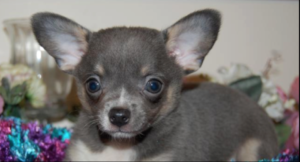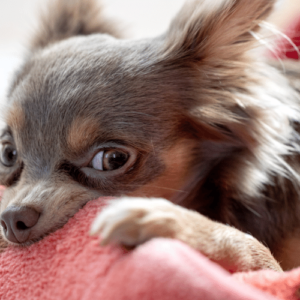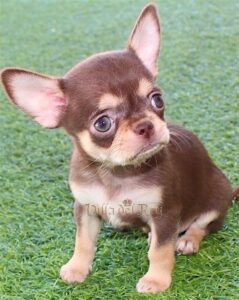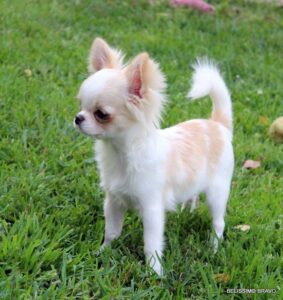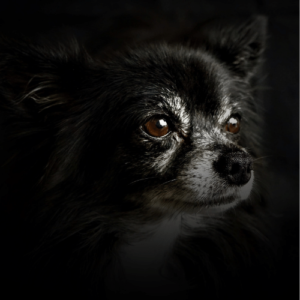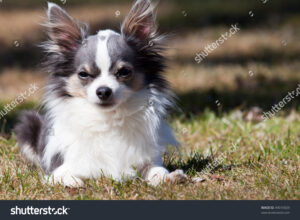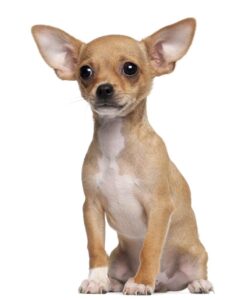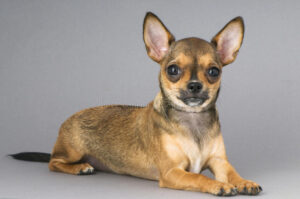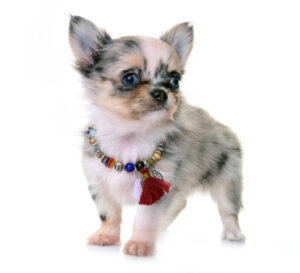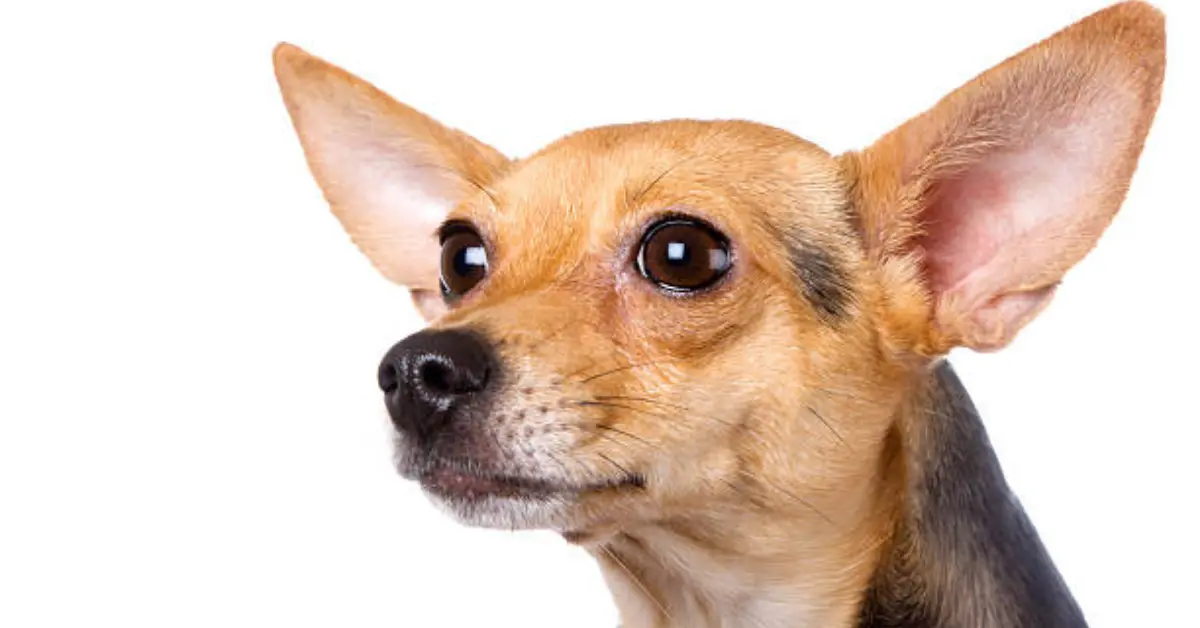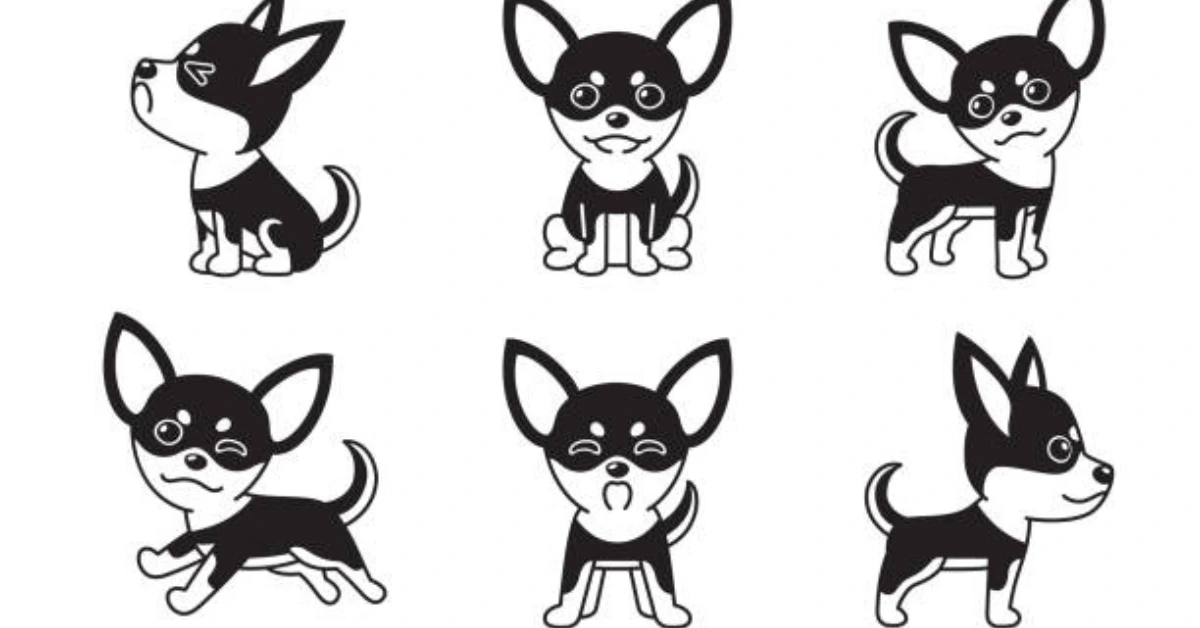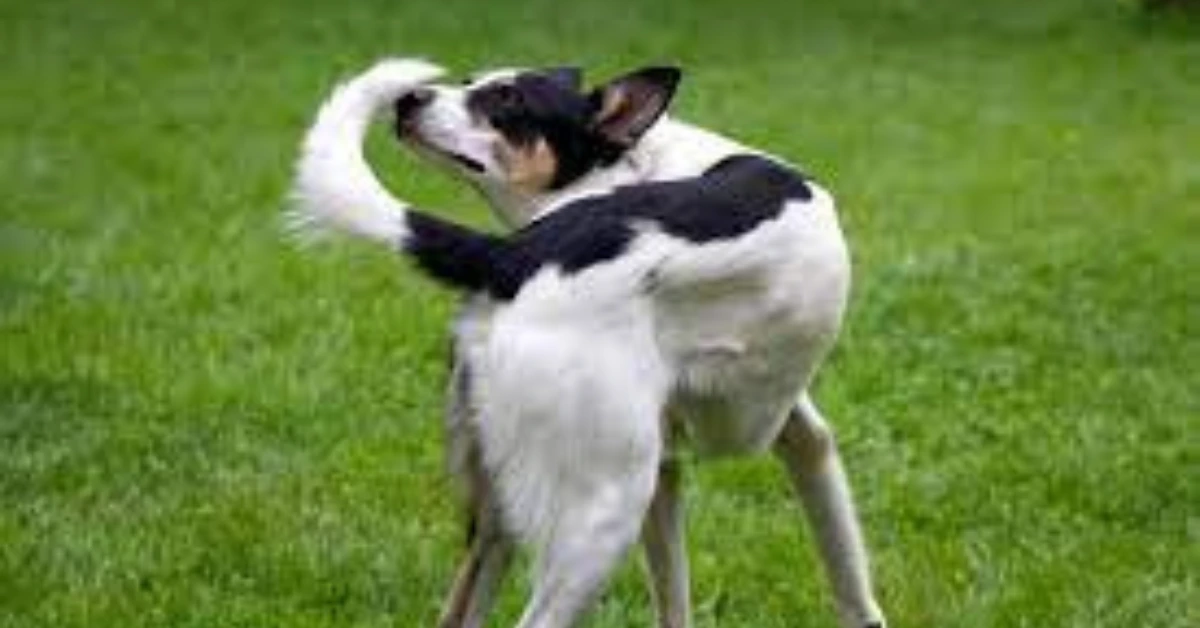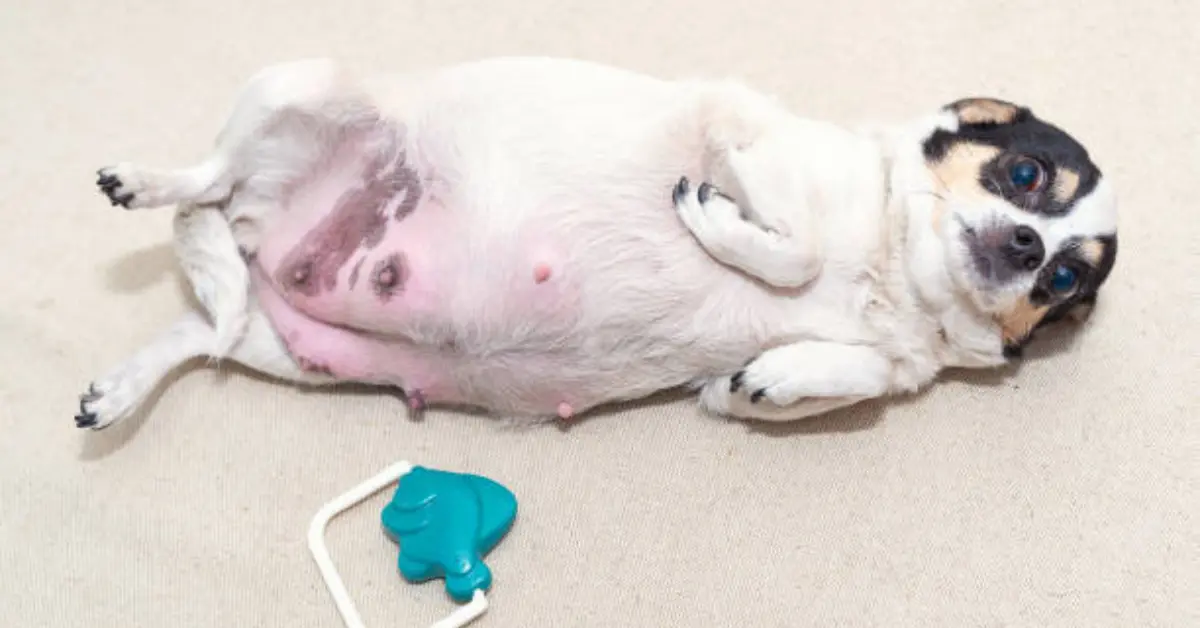Within the dog community, the world of Chihuahuas is among the most vibrant. Kennel clubs embrace a full rainbow of colors in Chihuahuas but only acknowledge a select few colors in other breeds.
Unusually for the breed, the American Kennel Club (AKC) is evasive about the color of Chihuahuas; the breed standard states, “Any color – Solid, marked or splashed.”
The AKC lists nine standard colors and twenty-one other hues, combinations, and patterns, each with a unique registration code if you register a Chihuahua. Chihuahuas are not allowed to have such a loose policy; both the United Kennel Club (UKC) and the Fédération Cynologique Internationale (FCI) consider merle coloring to be inappropriate.
Advertisement
There is no doubt that the Chihuahua’s diverse range of colors and patterns is at least partially due to the breed’s complicated past. The history of the Chihuahua is undoubtedly fascinating, regardless of whether it originated from the Mexican Techichi or a European dog breed brought by the colonists!
Let’s begin with the five most popular colors as there is a full rainbow of Chihuahua hues to cover.
The 5 Most Popular Chihuahua Colors?
1. Cream
Cream Though they can appear nearly white, all Chihuahuas have some red in their coats, which gives them a subtle apricot tint that gives their coats their creamy color. While many cream Chihuahuas have light skin, the majority also have black eye rims and noses.
Chihuahuas frequently change color as they age, so a puppy that seems to be pure white may eventually have a beige tinge. This could be disheartening for a breeder who wants to produce the uncommon but striking white Chihuahua.
2. Red
The pigment called phenomelanin, which gives a Chihuahua its red hue, can create a variety of colors based on the genetic interactions between the parents. Certain Chihuahuas have coats that are bright red with darker hairs scattered throughout, while others have a deep reddish-brown color that is practically the same as mahogany.
The majority of red Chihuahuas have black paws, noses, and eye rims since this pigment only affects the coat’s color and not the skin.
3. Fawn
Your initial thought when picturing a Chihuahua is most likely to be of a little, yellowish dog with large ears. This is because fawn Chihuahuas are among the most popular. The Chihuahua has historically been referred to as a “little yellow dog,” thus it is evident that this color has long dominated the breed.
The fawn Chihuahua has caused some confusion since some people believe it to be a different breed entirely. The popularity of the deer-head Chihuahua, which has a V-shaped head rather than the typical “apple dome” skull required by the AKC breed standard, may be the cause of this. Despite their hue, fawn Chihuahuas simply resemble fawn, or baby deer!
4. Chocolate
For dog breeds, chocolate is rarely a desirable hue because it results from a diluted gene that removes the black coloring.
Thankfully, chocolate is a hue that is acceptable for Chihuahua owners, even though it doesn’t seem to be very popular among breeders.
A Chihuahua with a darker coat than those classified as brown or liver is deemed a true chocolate, however some white or other color splashes are also acceptable.
Due to a diluted gene that causes the chocolate hue, these Chihuahuas typically have brown or beige noses instead of the typical black color.
5. Black
Black Chihuahuas are so uncommon, you’ve probably never seen a pure black Chihuahua.
Despite this, black is generally prevalent in Chihuahuas due to its hereditary dominance; nevertheless, it is typically accented with white or other colors.
A pure black Chihuahua is extremely uncommon as, although there are “at least three dominant genes that result in solid black,” dominant genes are simpler to breed out than recessive ones.
Both short-haired and long-haired Chihuahuas can wear black, and some hairless Chihuahuas can even have a primarily black coat.
Do Chihuahuas Come in Any Other Solid Colors?
Apart from the traditional five hues, Chihuahuas can be found in any shade of the following, with or without patterns:
1. Gold
The red Pheomelanin pigment produces gold, just like red does. Different from golden Chihuahuas, which are a fairly mind-boggling hybrid between the Golden Retriever and the Chihuahua, are gold Chihuahuas, which range in hue from practically creamy to golden brown.
The color of the nose of a gold Chuhuha can range from liver to black, depending on the type of Eumelanin pigment present.
2. Blue
While blue is a fairly common color in certain dog breeds, it is very uncommon in Chihuahuas. A blue Chihuahua puppy can only be bred from two parents who share the recessive gene that lessens the black coloration.
Recessive gene breeding is generally regarded as unethical because it narrows the gene pool and may result in future problems.
Despite this, breeders charge up to $10,000 for a little blue puppy due to the high demand for blue Chihuahua puppies!
3. White
Perhaps the rarest hue of Chihuahua available is white. Although white and albino Chihuahuas are not the same breed, they are both devoid of pigment. The white Chihuahua retains the eumelanin required to give them black eyes, noses, and paws despite lacking melanocytes, which give the coat its color. Occasionally, though, they could have pink noses.
4. Silver
Similar to Chihuahuas’ blue hue, silver results from the recessive dilution gene (dd). Some contend that the characteristic “metallic appearance” of silver Chihuahuas is the result of a mixture of gray and white hair, not that the breed is truly silver.
Despite this, breeders seem to either think that silver exists or choose to add some exotic flair to a grayish coat by calling it silver. Silver is even recognized as an approved color of Chihuahua and has its registration code.
Other dog breeds that exhibit silver include Weimaraners, Border Collies, and Fluffy Frenchies.
5. Chocolate Blue
Since breeders don’t generally identify this color, I was hesitant to include it at first. Nevertheless, since the AKC had it included, I chose to include it.
You would need to have parents that carried both the ‘b’ allele, which causes the black pigment to appear brown, and the diluted gene for black pigmentation, which produces the blue hue, to get a chocolate blue puppy. Since I’m not an expert in genetics, I’m not sure if that combination is even feasible, but if the AKC says it is, I suppose we should believe them.
Combinations Of Colors For The Chihuahua
Color-wise, Chihuahuas are an absolute assortment; these nine consistent hues merely scratch the surface. Chihuahuas sporting dual-colored coats are frequently quite eye-catching.
Consider some of the most prevalent and attention-grabbing color schemes that have graced the Chihuahua promenade thus far in 2018.
1. Blue & Tan
The blue and tan color combination is also uncommon. Although Chihuahua requires the same alleles as black and tan, it also needs the dilution gene, which is responsible for transforming black pigmentation into blue.
The degree of dilution can cause the blue components of the coat to vary in hue, from charcoal grey to nearly powder blue. Tan coloration is commonly observed on the extremities of the animal, including the feet, muzzle, and ear tips.
2. Black & Tan
While Black and Tan Chihuahuas are among my preferences, they are not exactly prevalent. An extremely specific combination of alleles is required for a puppy to have the tan markings on its thorax and paws: “at least one tan-point allele (at) in the Agouti (A) locus and a double non-black allele (kyky) in the K locus.”
A few black and tan Chihuahuas occasionally bear a white marking, which is most frequently observed on the torso. On occasion, these Chihuahuas are referred to as “Mini Dobies” due to their coloring resembling the traditional Doberman.
3. Chocolate & Tan
While chocolate is not an exceptionally uncommon color among Chihuahuas, it is uncommon for chocolate to be combined with another color, such as tan. A juvenile must possess the tan-point allele of the Agouti gene and mutations at the B locus to exhibit this color combination.
The outcome can be quite magnificent; however, due to its scarcity, a chocolate and tan Chihuahua puppy may cost up to $1,500, whereas a puppy of a more conventional color would be priced between $500 and $1,000.
4. Black & Red
Although the color scheme of black and red is more frequently observed on German Shepherds and Rottweilers, those Chihuahuas who are fortunate enough to sport it do so in quite fashionable fashion.
While comparable to the black and tan combination, the black and red coat is relatively simple to differentiate due to the darker shade of red that is visible.
5. Fawn & white
When Chihuahuas have coats of multiple colors, the darker one is typically worn higher on the body, while the lighter one is applied to the chest, face, muzzle, toes, and abdomen. This is also true of the fawn and white Chihuahua, although very pale fawn puppies may make it difficult to distinguish between the two colors.
Phawn and white Chihuahuas have the potential to possess either liver or black nostrils, contingent upon their particular genetic composition.
6. Black & White
Particular dog breeds, such as the Border Collie, are almost always black and white, and this is also a prevalent coloration among Chihuahuas. The black pigmentation is attributed to the eumelanin pigment, whereas the white portions are devoid of any pigmentation.
Despite being aesthetically pleasing, the black and white Chihuahua may experience negative effects due to his dual-colored coat. According to research, white and piebald dogs have a higher incidence of congenital hearing loss than canines of other colorations.
7. Black & Silver
The silver accents’ intensity distinguishes a black and silver Chihuahua from the rest. It is an uncommon combination because the black pigmentation must be diluted to coexist with a uniform black base coat.
8. Chocolate & White
This delightful amalgamation creates the appearance of a canine constructed entirely of white chocolate and milk. One of the most irresistible breeds, the chocolate and white Chihuahua has white chests and feet.
The pigment cells are absent, which causes the white patches, whereas a mutation in the black gene determines the chocolate coloration.
Although the majority of chocolate & white canines have a few white spots, they are capable of acquiring an almost particolored coat.
9. Blue & White
Due to the dilution allele responsible for producing the blue coat, the thorax of these Chihuahuas might bear a faint sheen of white. Due to the rarity of the color blue, these multicolored canines are frequently purchased at an exorbitant premium.
10. Red & White
The red and white Chihuahua resembles an Irish Setter in miniature. The long-haired variants execute this color scheme exceptionally well, regardless of whether their body is entirely red or predominantly white with a few crimson regions.
Apart from the aforementioned twelve color combinations, the AKC also enumerates cream and white and silver and white as potential variations.
11. Gold & White
The gold and white Chihuahua is an additional striking color combination; it can be entirely gold with white markings on its feet and tail, or it can be particolored with white markings all over. “Irish spotting” refers to yellow markings on the muzzle, legs, torso, and muzzle of some of the most eye-catching gold and white Chihuahuas.
Chihuahua Patterns
Now that the fundamental color combinations and consistent hues have been discussed, we will proceed to examine some of the most prevalent and intriguing patterns observed in the Chihuahua. Once more, these are exceedingly diverse and susceptible to different interpretations. While some individuals believe that there is only one variety of brindle Chihuahua, the AKC classifies three distinct varieties.
1. Brindle
The brindle pattern, which is induced “by the Kbr allele at the Dominant Black (K) locus,” is comparatively uncommon in Chihuahuas, in contrast to its prevalence in other dog varieties, such as the Pit Bull.
Three distinct varieties of brindle are assigned unique registration identifiers by the AKC: fawn brindled black, chocolate brindled fawn, and blue brindled fawn, which some may refer to as reverse brindle.
Due to the relative rarity of brindle Chihuahuas, some breeders may demand up to $3,000 for these multicolored puppies. This may prove to be an enormous financial waste, as Chihuahuas frequently alter their coat color as they age; therefore, the tiger stripes you just spent money on may vanish within a year.
2. Sable
The sable pattern exhibited by Chihuahuas is identical to that of all other dog breeds. Aside from the black ends of the hairs, the coat is primarily silver or fawn in color. Three varieties of sable Chihuahua are recognized by the AKC: Chocolate Sabled Fawn, Black Sabled Silver, and Black Sabled Fawn.
Since sable is a highly dominant gene, only one allele of sable is required for a juvenile to develop this pattern.
There are three distinct varieties of sable patterning, which are commonly recognized as clear, topped, and shaded. In contrast to Chihuahuas with a distinct sable pattern, which has a coat entirely colored black, tipped sables typically exhibit the coloration only on their head, back, and tail. The back and neck of a shaded sable are covered in a greater density of brown or black hairs than the remainder of the body.
3. Merle
Merle markings are incorporated into the registration codes of the AKC; however, the UKC classifies them as grounds for disqualification. This unconventional patterning is also discouraged by the Chihuahua Club of America actively.
While remarkable and frequently complemented by blue or other colored eyes, the mottled or dappled pattern is associated with specific health issues and genetic complications.
Because “merle coloring does not occur naturally in Chihuahua DNA,” a merle Chihuahua can only exist if its parents inherited genes from another dog species. In other words, kennel clubs are adamantly opposed to merle Chihuahuas because they are not purebred dogs.
An additional concern regarding the Merle Chihuahua is that its pigmentation is lightened and whitened by the Merle gene, resulting in a corresponding whitening of the pigment in the irises and ears. This process is frequently accountable for the blindness and deafness observed in Merle Chihuahuas.
While certain merle infants may exhibit outward signs of good health, those who have acquired a double merle genotype may develop long-term complications of their reproductive, skeletal, and cardiac systems.
Summary of 39 Chihuahua Colors and Patterns and AKC Code
1. Colors
| DESCRIPTION | STANDARD COLOR | REGISTRATION CODE |
| Black | yes | 007 |
| Black & Red | 014 | |
| Black & Silver | 016 | |
| Black & Tan | yes | 018 |
| Black & White | 019 | |
| Blue Fawn | 036 | |
| Blue | 037 | |
| Blue & Tan | yes | 044 |
| Blue & White | 045 | |
| Blue Merle | 050 | |
| Chocolate | yes | 071 |
| Chocolate & Tan | yes | 072 |
| Cream | yes | 076 |
| Cream & White | 077 | |
| Fawn | yes | 082 |
| Fawn & White | yes | 086 |
| Gold | 091 | |
| Gold & White | 092 | |
| Red | yes | 140 |
| Red & White | 146 | |
| Silver | 176 | |
| Silver & White | 182 | |
| White | 199 | |
| Chocolate & White | 271 | |
| Black Sabled Silver | 353 | |
| Black Sabled Fawn | 354 | |
| Chocolate Brindled Fawn | 355 | |
| Blue Brindled Fawn | 356 | |
| Fawn Brindled Black | 357 | |
| Chocolate Sabled Fawn | 358 | |
| Chocolate Blue | 359 |
2. Markings
| DESCRIPTION | STANDARD MARKING | REGISTRATION CODE |
| White Markings | yes | 014 |
| Merle Markings | yes | 035 |
| Fawn Markings | 008 | |
| Black Mask | yes | 004 |
| Blue Mask | 006 | |
| Cream Markings | 044 | |
| Spotted On White | yes | 071 |
| Red Markings | 023 | |
| Black Brindling | yes | 073 |
| Black Sabling | yes | 072 |
| Black Mask, White Markings | 005 |
Which Color Is The Rarest in Chihuahuas?
You won’t find the Chihuahua in a few uncommon colors, such as merle, blue, and chocolate blue. All of these, though, are more typical than an entirely white Chihuahua. Breeding two white parents is the only method to create a snow-white puppy.
The dog must be completely devoid of any black pigment on his skin to be classified as a white Chihuahua. Because of this, many fawn and cream pups as well as the majority of white Chihuahuas have pale eyes, a pink or tan nose, and white nails.
Is Breeding for Rare Coat Colors Ethical?
Verify that a breeder is breeding ethically before acquiring a dog from them. Sadly, there are a lot of problems with breeding Chihuahuas for unusual coat colors.
Many breeders don’t care about the health of their dogs; they just do this to make more money or to produce “cuter” puppies. Rare coat colors occasionally have a purpose, and that purpose has to do with the additional health hazards the coat poses.
It’s also crucial to remember that Chihuahuas are not a morally sound breed because of their brachycephalic, or short, snouts, which cause a variety of health problems in the breed. Therefore, adopting from a rescue is preferable to buying from a dishonest breeder.
Whether you’re considering adopting a Chihuahua or you just wanted to look at adorable puppy pictures, I hope this post has been helpful!
YOU MAY ALSO LIKE:
Advertisement











